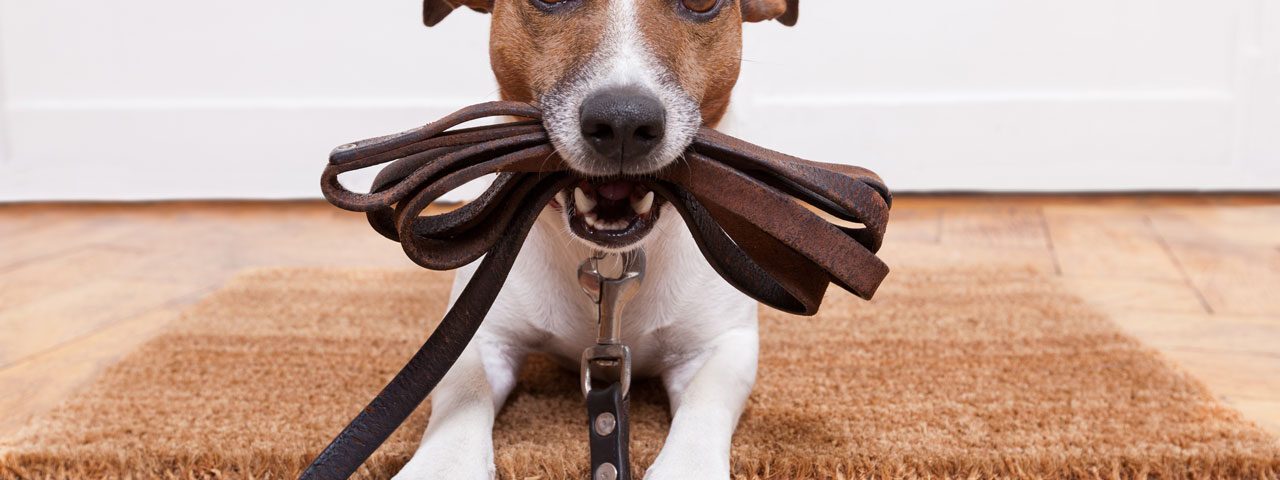
Home > Insights > Press Releases > Private Labels take a bite out of Europe’s pet food market giving retailers 34% share of €10.8 billion market
BRACKNELL, UK – 25th September 2023 New data from Circana, the leading advisor on consumer complexity and formerly IRI and The NPD Group, reveals that retailers have capitalised on the growing pet food category by launching more private label products. They increased their share of the €10.8 billion category by 18% (€3.6 billion) during 2022 across Europe’s six largest markets (France, Italy, Germany, Spain, UK, and Netherlands). In the last quarter of 2022, this growth accelerated to 25% as pet owners continued to trade down from their favourite brands.
Private labels now have 34% value share of the pet food category across Europe. It is especially high in Germany and Spain, where a wider range is available in discounter channels. Across total FMCG, private labels now make up 38% of value sales in Europe (€229 billion).
Value sales of pet food have grown across Europe by 5.4% over the last four years to reach €10.8 billion in value sales. During 2022 that growth rate almost doubled to 12% (compared to 5.9% annual growth in 2021) driven by inflation and an explosion of pet ownership[1].
Innovation in pet food rose by a tail wagging 39% in 2022 compared to 2021 as more people took ownership of pets.
Ananda Roy, Global SVP, Strategic Growth Insights, Circana said, “Led by manufacturers and retailers in the UK and Italy, there has been a lot of innovation around breed and age-based nutrition. This health and wellness focus taps into the boom in new pet ownership that started during the pandemic and allows manufacturers to follow the life of these pets as they grow. Other innovations include the use of human food ingredients such as vegetables and pulses as a source of high protein, low fat and balanced nutrients especially where traditional ingredients may cause allergies or sensitivities.
As a result of the innovation boost, new product launches in pet food accounted for 9% of total pet food sales (for private labels and national brands). New product launches contributed a substantially higher percentage of sales in Germany (28%) and the Netherlands (11%) than the other European countries.
Intense inflationary price increases (of around 12%) did not lead to the same declines in volume sales seen in across total FMCG (-1.1% for total FMCG in 2022) or other categories such as food, where consumers were forced to cut back on consumption as the cost of living crisis became embedded. Unit sales of frozen food for example declined by -4.1% and chilled -4.1%. Instead, pet food experienced a small uplift in unit sales of +0.4% (and 1.6 percentage points for private labels), suggesting that this category is resilient to inflationary turbulence.
Households continued to buy their favourite pet food brands at the beginning of the cost of living crisis, even while they were switching to private labels. Eventually the availability of as good quality private labels and intense cost pressures have seen a growing number of shoppers switching from their favourite national brands.
“Pet food has traditionally been dominated by trusted national brands, so the strides retailers have made developing as good as quality alternatives that appeal to consumers’ very real need to lower the cost of their shopping basket are remarkable,” added Roy. “It highlights, once again, the growing regard for private labels; more consumers perceive them as being innovative and as good or better than many of the national brands that they compete with. The quality of private label pet food in particular, with specialised nutrition or the inclusion of high quality human food ingredients, differentiates private label significantly.”
Other highlights of the analysis were:
Pet facts:
During the last decade, the number of European households owning one or more pets has increased by approximately 20 million to 91 million households according to the European Pet Food Organisation.
[1] Statistics | FEDIAF (europeanpetfood.org)
Email: Ananda.roy@circana.com
Phone: +44 (0) 7730 912 077
Eureka Communications
Tel: +44 (0)1420 564346
Mob: +44 (0)7990 520390